What is HF radio?
- Ham Talk
-
 Posted by Jackson Chen
Posted by Jackson Chen
- Leave a comment
What is HF radio?
Known as the decameter band or decameter wave, high frequency (HF) is the ITU designation[1] for the range of radio frequency electromagnetic waves (radio waves) between 3 and 30 megahertz (MHz).
The HF band is a major part of the shortwave band of frequencies, so communication at these frequencies is often called shortwave radio. Because radio waves in this band can be reflected back to Earth by the ionosphere layer in the atmosphere – a method known as "skip" or "skywave" propagation – these frequencies are suitable for long-distance communication across intercontinental distances. The band is used by international shortwave broadcasting stations (2.310 - 26.100 MHz), aviation communication, government time stations, weather stations, amateur radio and citizens band services, among other uses.
Different from VHF (Very High Frequency - 30MHz-300MHz) and UHF (Ultra High Frequency - 300MHz-3GHz) radios, HF radios cover far greater distances thanks to ionospheric refraction – but the HF radio signals are prone to distortion by atmospheric conditions such as geomagnetic storms or solar flares that radio users cannot control. HF communications are best suited for long distance communication between ground operators and base stations.
Some HF radios
normally cover HF band only, like the
Xiegu G106,
Xiegu G90, Xiegu X6100.
What about VHF/UHF radios?
VHF radio waves operate in a band between 30-300 megahertz, while UHF radio signals are propagated within 300 megahertz and 3 gigahertz. These radio waves travel over line of sight, making them ideal for local communications over a few kilometres.
Indeed, VHF radio waves normally travel within line of sight along the Earth’s surface. Common uses for VHF are FM radio broadcasting, television broadcasting, two way land mobile radio systems (emergency, business, private use and military), long range data communication up to several tens of kilometres with radio modems, amateur radio, and marine communications. Air traffic control communications and air navigation systems (e.g. VOR, DME & ILS) work at distances of 100 kilometres or more to aircraft at cruising altitude. VHF was used for analog television stations in the US, and continues to be used for digital television.
UHF radio waves propagate mainly by line of sight; they are blocked by hills and large buildings although the transmission through building walls is strong enough for indoor reception. One of the biggest pros of UHF radios is that they do a much better job of penetrating barriers in urban locations, like concrete, steel, and wood. So this kind of radio is best suited for use indoors, including buildings with multiple floors, in industries such as manufacturing, distribution, education, retail, hospitality, and healthcare. They also work well for businesses that function in both indoor and outdoor settings, where there are a lot of surrounding buildings.
Nowadays, some radios are capable of transmitting on both VHF & UHF bands, like Radioddity GS-5B, making it meet more outdoor and indoor activities requirements. There are also some dual-band radios featuring 10W high power like Radioddity GA-510, supporting a longer range of communication.

US Amateur Radio Bands Reference - SOUCE

![Radioddity GD-168 [OPEN BOX] - Radioddity](http://radioddity.myshopify.com/cdn/shop/files/GD-168_1600x1600_3922a234-2fe4-4b80-8282-3f6d17a10d71.png?v=1762470234)

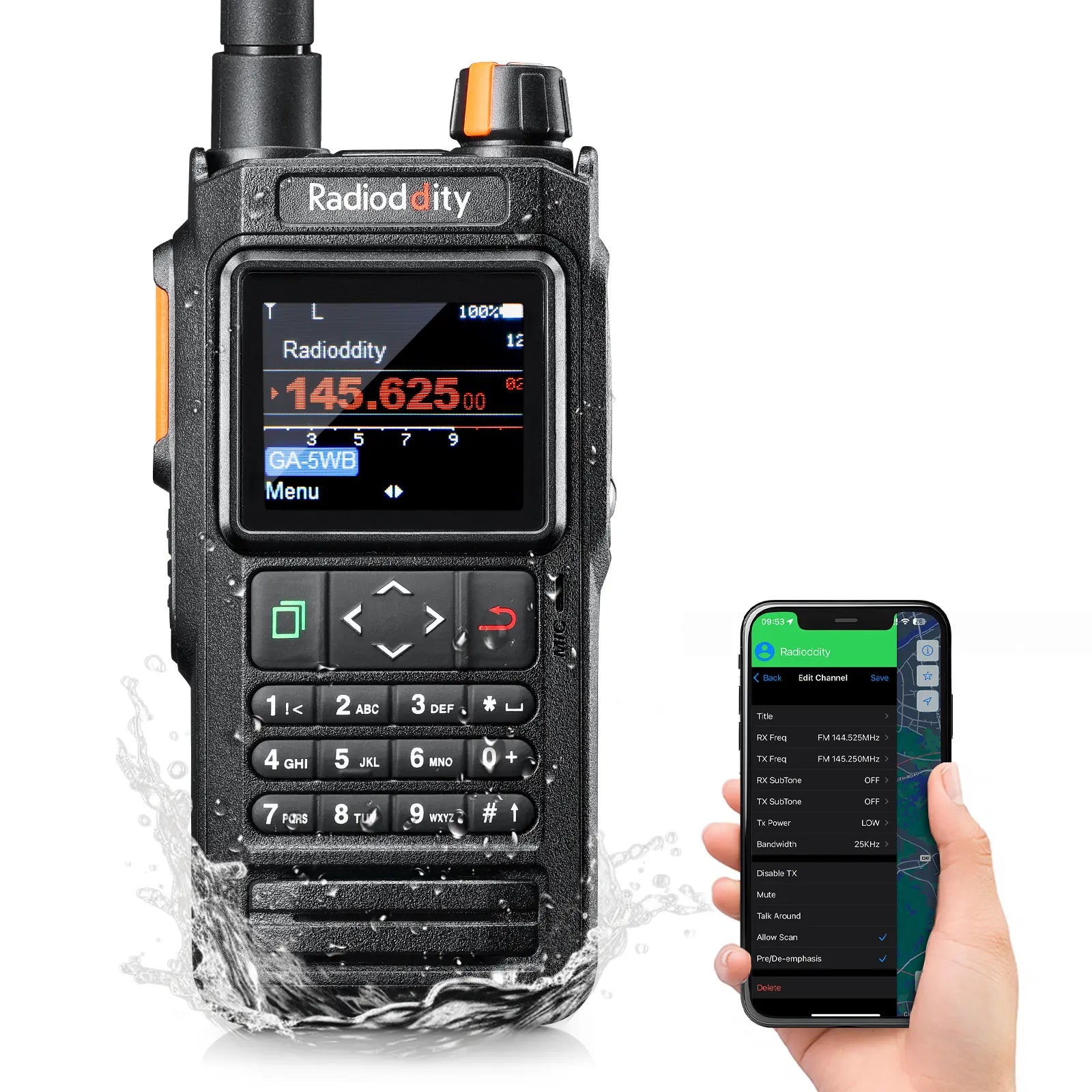








![Baofeng GT-5R 5W Dual Band Radio [Upgraded Legal Version of UV-5R] - Radioddity](http://radioddity.myshopify.com/cdn/shop/products/GT-5RImage.png?v=1762459898)
![Baofeng UV-5R PLUS [5 Colors] | DUAL BAND | 4/1W | 128CH | FLASHLIGHT - Radioddity](http://radioddity.myshopify.com/cdn/shop/products/3_58c037e1-560a-4c85-bd75-67c202269d29.jpg?v=1762457615)










![GA-2S UHF Long Range USB Two way Radio [2/4/6 Packs] - Radioddity](http://radioddity.myshopify.com/cdn/shop/products/5_96d2d28c-8609-4f29-926b-d423141df2f4.jpg?v=1762457835)



![Baofeng BF-888S [2 Pack] | UHF | 5W | 16CH | CTCSS/DCS | Flashlight - Radioddity](http://radioddity.myshopify.com/cdn/shop/products/1___1___1.jpg?v=1762457605)
![Baofeng GT-1 [2 Pack] | UHF | 5W | 16CH | Flashlight | FM Function Two-Way Radio - Radioddity](http://radioddity.myshopify.com/cdn/shop/products/ia_100000006122.jpg?v=1762457668)


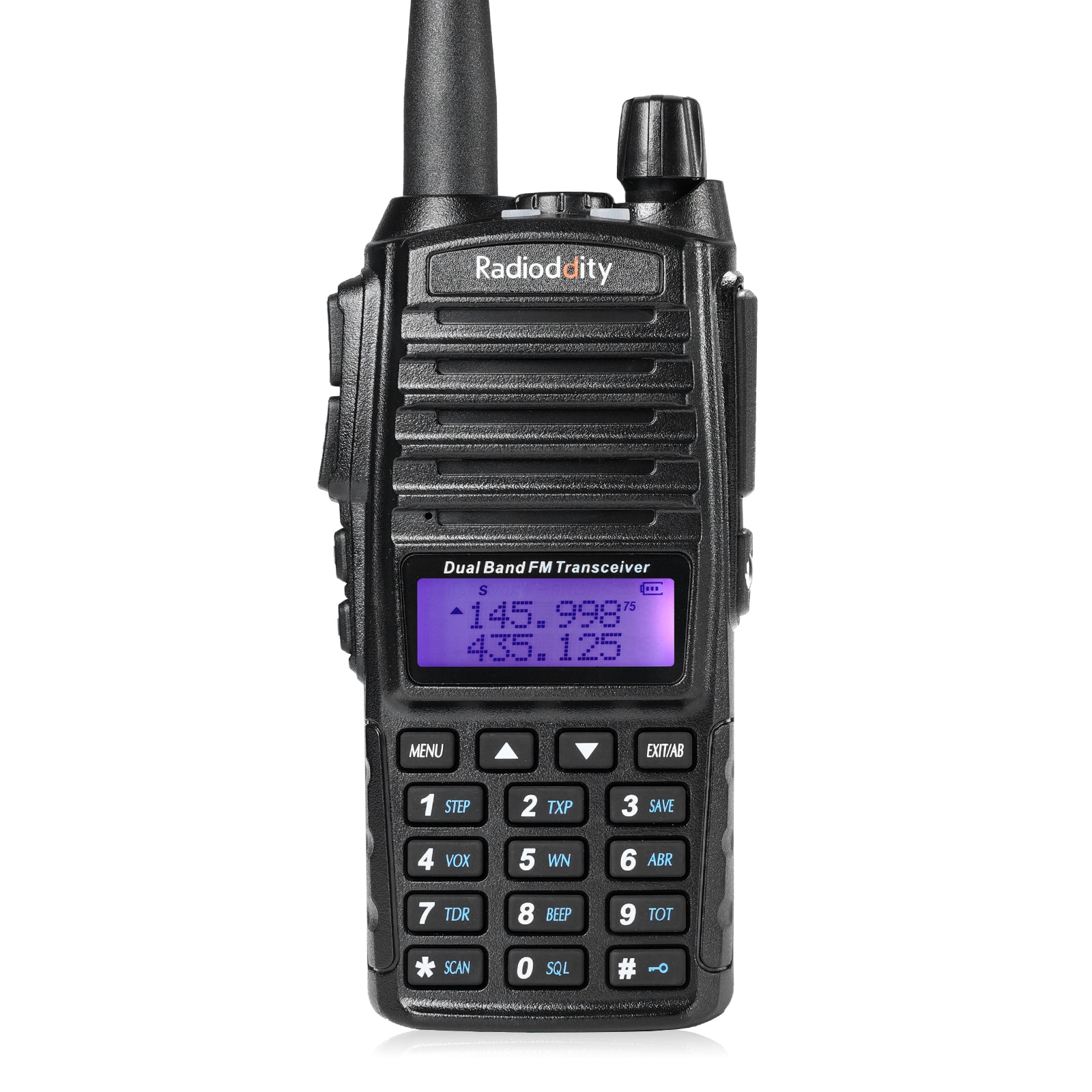




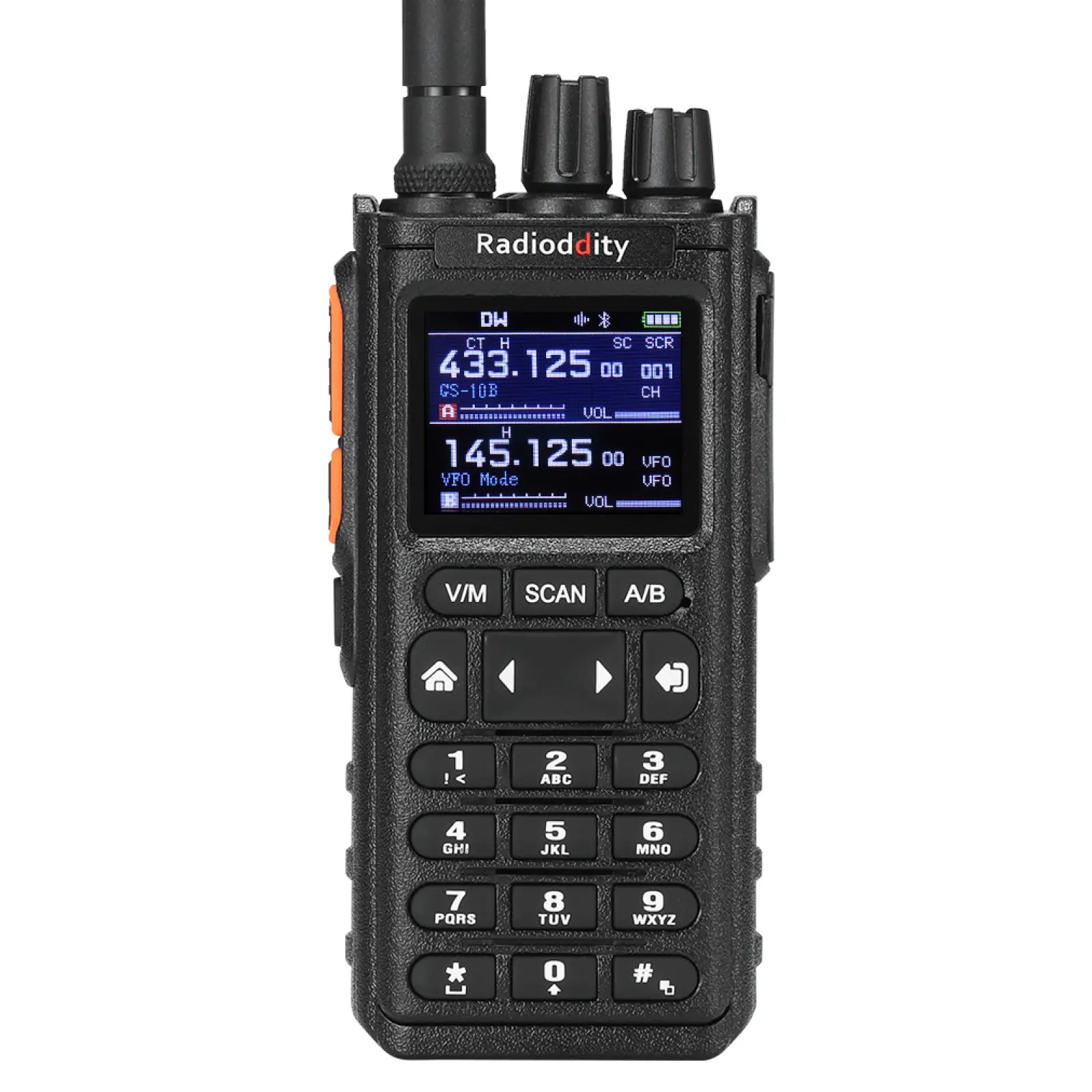
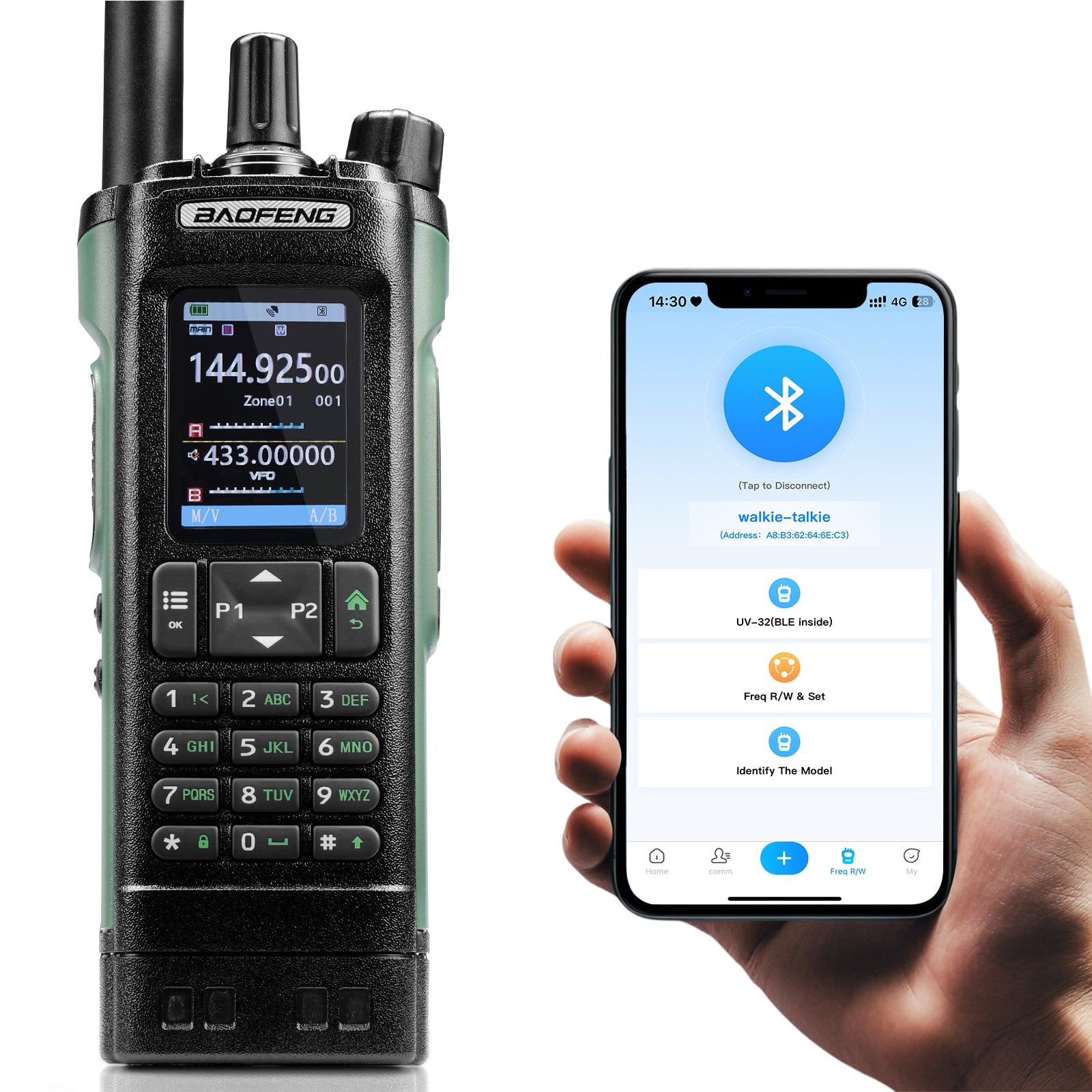
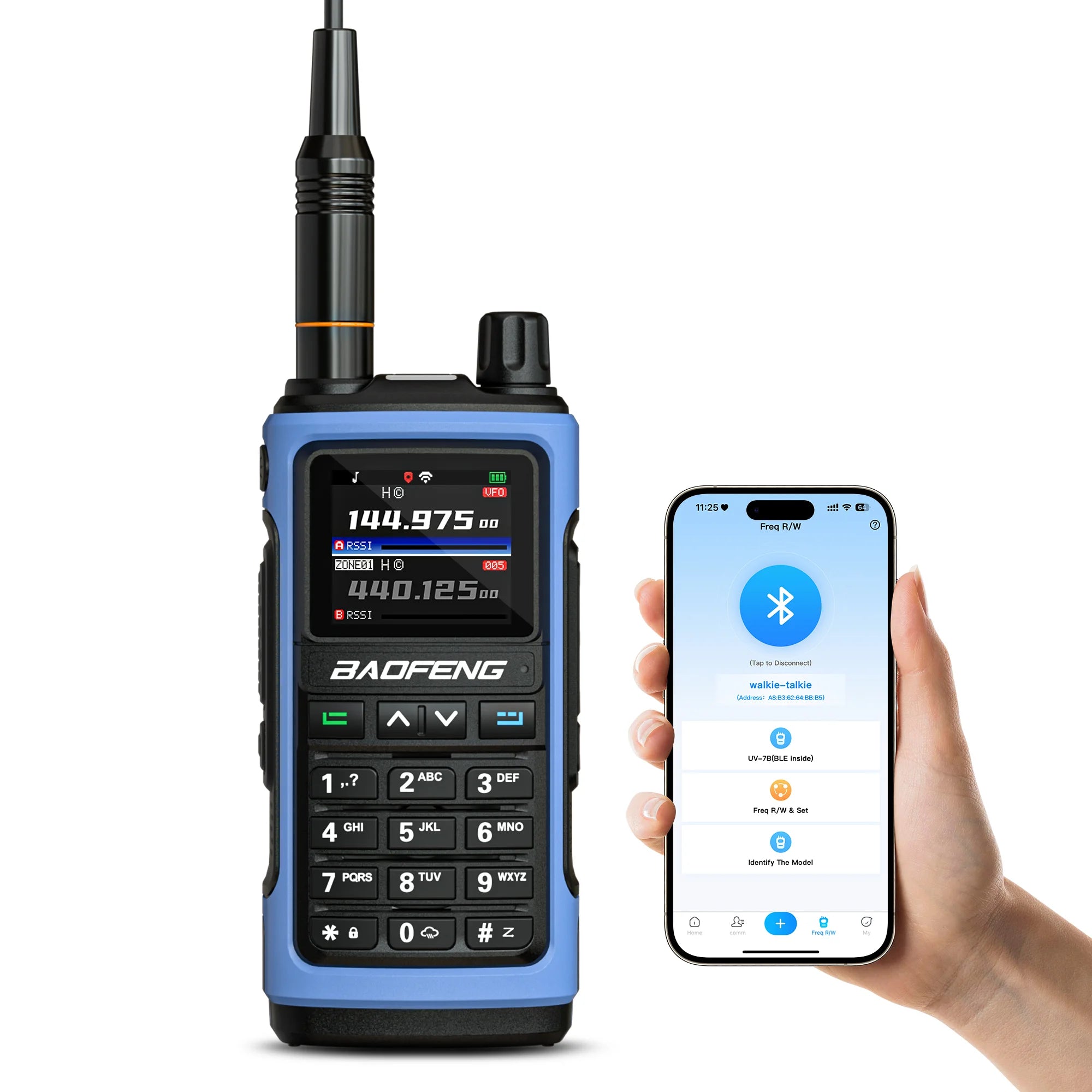










10 comments
William ka2wns
Very good talk on
HF VHF UHF radio waves and it’s uses
Mark
Good job providing this content. It is appreciated.
Paul MM6PMC
Just one small correction to an otherwise excellent article: The international shortwave broadcasting bands actually span from 2.310 to 26.100 MHz, not 2.310 to 25.820 MHz.
Allen
Great job !
John Shubert
Keep up with these snippets of radio wave information. At my age I need continued refresher knowledge of the hobby. I’m hoping to be more versed in this field so I may pass this knowledge onto my grandchildren.